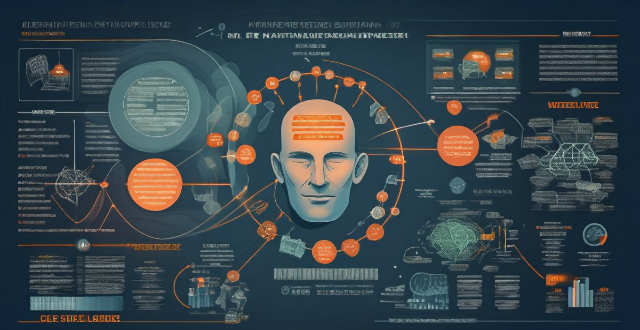Small and medium-sized enterprises (SMEs) face unique challenges in achieving energy efficiency, including limited financial resources, lack of information and knowledge, resistance to change, access to technology, regulatory compliance, and limited staff expertise. Addressing these challenges can help SMEs improve their energy efficiency and reduce costs over time.

Challenges Faced by Small and Medium-Sized Enterprises (SMEs) in Achieving Energy Efficiency
Achieving energy efficiency is a crucial aspect for businesses of all sizes, including small and medium-sized enterprises (SMEs). However, SMEs often face unique challenges when it comes to implementing energy-efficient practices. In this article, we will discuss some of the most significant challenges faced by SMEs in achieving energy efficiency.
1. Limited Financial Resources
One of the biggest challenges faced by SMEs in achieving energy efficiency is limited financial resources. Many SMEs operate on tight budgets and may not have the funds necessary to invest in energy-efficient technologies or practices. This can make it difficult for them to implement energy-saving measures that could ultimately save them money in the long run.
2. Lack of Information and Knowledge
Another challenge faced by SMEs is a lack of information and knowledge about energy efficiency. Many SME owners and managers may not be aware of the benefits of energy efficiency or how to implement energy-saving measures effectively. This can lead to missed opportunities for energy savings and increased costs.
3. Resistance to Change
Resistance to change is another challenge that SMEs may face when trying to achieve energy efficiency. Some business owners and employees may be resistant to changing their habits or adopting new technologies that could improve energy efficiency. This resistance can slow down the implementation of energy-saving measures and limit their effectiveness.
4. Access to Technology
Access to technology is also a challenge for SMEs when it comes to achieving energy efficiency. Many SMEs may not have access to the latest energy-efficient technologies or may not be able to afford them. This can limit their ability to implement energy-saving measures and reduce their overall energy usage.
5. Regulatory Compliance
Regulatory compliance is another challenge that SMEs may face when trying to achieve energy efficiency. Depending on the industry and location, there may be specific regulations related to energy usage that SMEs must comply with. Failure to comply with these regulations can result in fines or other penalties, which can further strain an SME's limited financial resources.
6. Limited Staff Expertise
Finally, limited staff expertise is another challenge that SMEs may face when trying to achieve energy efficiency. Many SMEs may not have dedicated staff members who specialize in energy management or sustainability. This can make it difficult for them to identify areas where energy savings can be achieved or to implement effective energy-saving measures.
Conclusion
In conclusion, achieving energy efficiency is essential for businesses of all sizes, including SMEs. However, SMEs often face unique challenges when it comes to implementing energy-efficient practices. These challenges include limited financial resources, lack of information and knowledge, resistance to change, access to technology, regulatory compliance, and limited staff expertise. By addressing these challenges head-on and seeking out resources and support from external organizations, SMEs can improve their energy efficiency and reduce their overall costs over time.